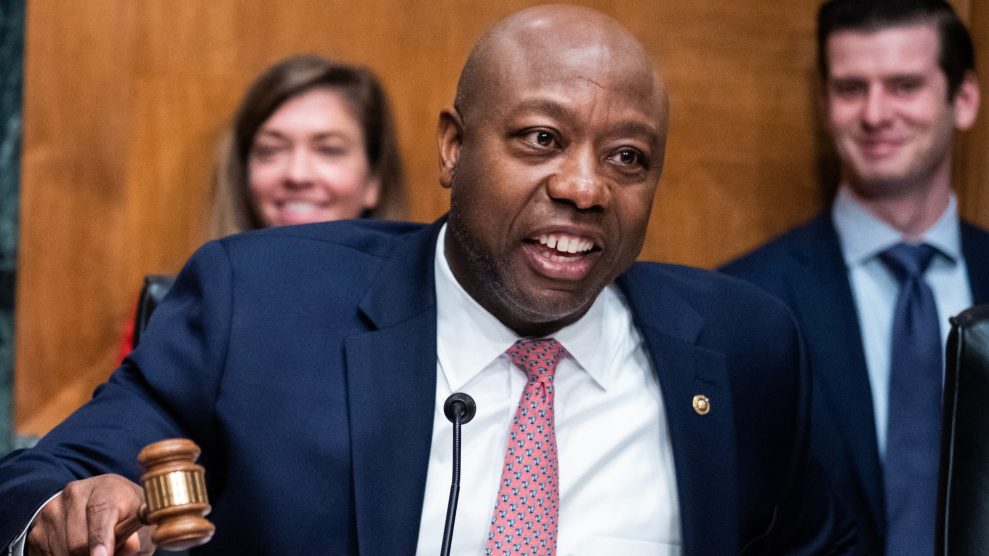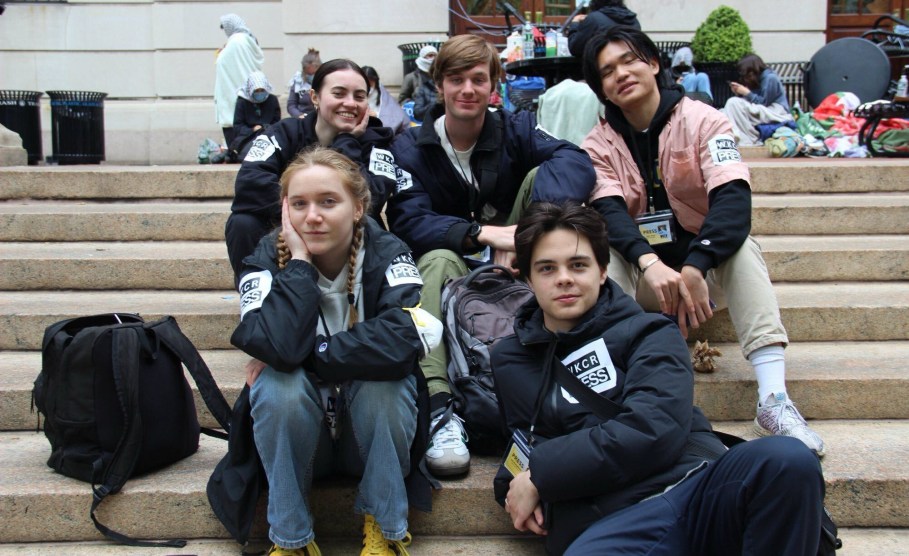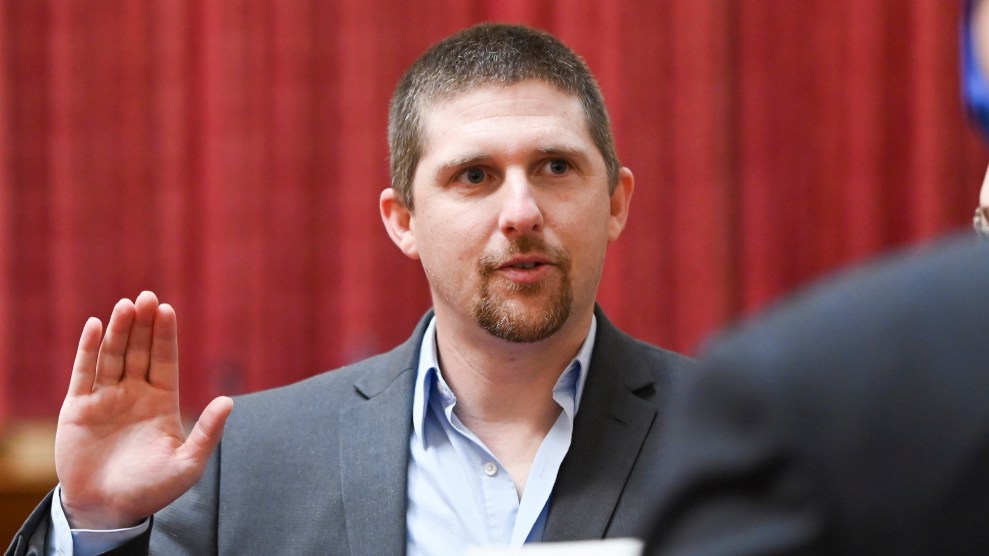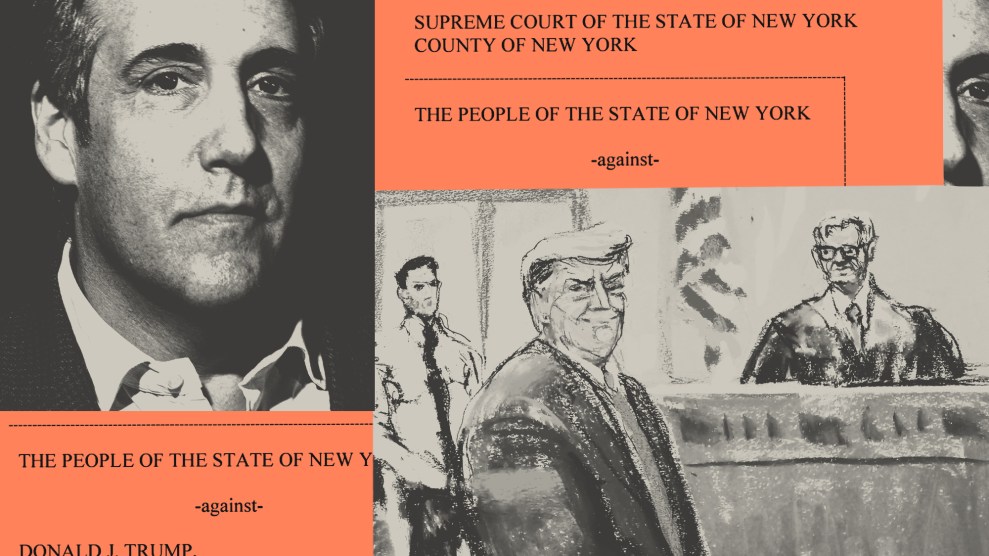For further reading and advanced hellraising:
Visions
First published in 1939, John Steinbeck’s The Grapes of Wrath chronicles the Joad family’s journey from Oklahoma to California during the Depression. The Pulitzer Prize-winning American classic has influenced writers–and musicians–ever since. Considered the finest of Steinbeck’s novels, it was later made into a film starring Henry Fonda. For more on Steinbeck, consider Working Days: The Journals of The Grapes of Wrath (New York: Penguin Books, 1990) and The Harvest of Gypsies: On the Road to The Grapes of Wrath (Berkeley: Heyday Books, 1988).
Journalist Dale Maharidge’s Journey to Nowhere (New York: Hyperion, 1996) began as a newspaper assignment and led to a three-year odyssey in which he and photographer Michael Williamson exposed modern homelessness in the U.S. The resulting book, originally published in 1985, is being rereleased this spring with an introduction by none other than the Boss himself. Springsteen, who says the book inspired two of the songs (“Youngstown” and “The New Timer”) on his most recent album, “The Ghost of Tom Joad,” writes: “[Maharidge and Williamson] put real lives, names, and faces on statistics we’d all been hearing about through the ’80s.”
If you’re a music junkie, tap into Addicted to Noise–the ultimate Web rock magazine, featuring passionate rock journalism and political commentary from such well-known critics as Greil Marcus and Dave Marsh , plus digitized audio samples of the music they discuss. http://www.addict.com/ATN
Business & Environment
In Natural Capital and Human Economic Survival (Solomons, Md.: ISEE Press, 1995), Thomas Prugh and his co-authors assert that natural resources should be considered as capital in the world economic system–not simply as another commodity bought and sold in the global marketplace. Their book lays out a plan to implement an ecologically sustainable future based on a new valuation of irreplaceable goods, integrating the human economy with the environment.
 Robin Broad and John Cavanagh’s Plundering Paradise: The Struggle for the Environment in the Philippines (Berkeley: University of California Press, 1993) documents Filipino environmental disasters and the country’s populist resistance movement. Writes journalist Barbara Ehrenreich in her foreword: “Somehow the link must be forged between…those who are still only worried and those who are already living at the very margins of a sustainable habitat. Knowing that their rainforests affect our air, and our wastes and our consumption affect their farms and homes, makes a new global environmental alliance both natural and urgently necessary.”
Robin Broad and John Cavanagh’s Plundering Paradise: The Struggle for the Environment in the Philippines (Berkeley: University of California Press, 1993) documents Filipino environmental disasters and the country’s populist resistance movement. Writes journalist Barbara Ehrenreich in her foreword: “Somehow the link must be forged between…those who are still only worried and those who are already living at the very margins of a sustainable habitat. Knowing that their rainforests affect our air, and our wastes and our consumption affect their farms and homes, makes a new global environmental alliance both natural and urgently necessary.”
Unarmed
Too often, journalists cover the sensational details of a murder rather than probe the tragedy itself. In Drive-By (New York: Henry Holt, 1995), investigative reporter Gary Rivlin offers a deep look at one particular drive-by murder in Oakland, penetrating the anonymity of so-called random shootings. “It’s just too easy and too quick,” says Rivlin. “There’s not enough of a barrier between your fury and a gun today. It’s harder to get a driver’s license than to become a gun dealer. Now, yesterday’s bloody nose is today’s gaping exit wound.”
In A Mathematician Reads the Newspaper (New York: Basic Books, 1995), John Allen Paulos documents how journalists misread numbers. “A recent spate of stories announces guns will soon kill more people than cars, the number one cause of injury-related deaths,” writes Paulos. “The Centers for Disease Control reports approximately 43,500 deaths in motor vehicle accidents and 38,300 deaths from firearms in 1991, the former number slowly decreasing, the latter increasing. But firearm deaths are almost always intentional…. Related to this point of intentional-ity is the fact that opposition to auto safety standards is qualitatively unlike opposition to gun control.”
For the latest on both the bullet and the ballot, check out the D.C.-based Coalition to Stop Gun Violence’s Web site; it offers information about gun control, activism, and gun legislation around the country. Point your browser to: http://www.gunfree.inter.net
Follow the Dollars
The Federal Election Commission is one government agency that truly earns our tax dollars. The FEC offers many useful resources–all available to the public–for anyone interested in following who gives and who gets the money that finances federal political campaigns. FEC research includes: contribution totals of every congressional race; contributions to candidates from PACs as well as individuals; “PACRONYMS,” a guide listing all the country’s PACs; and publications such as “FEC Direct Access Program: Online Computer Access to Federal Campaign Finance Records.” The FEC’s brochure, “Supporting Federal Candidates,” lays out campaign contribution rules in language even a Texas oil magnate can understand. To obtain these and other goodies, call the FEC at (202) 219-3420; or write the agency at 999 E St., NW, Washington, DC 20463. (MoJo Wire note: The FEC’s World Wide Web site is now online: http://www.fec.gov.)
James B. Stewart’s Den of Thieves (New York: Simon & Schuster, 1991), the bestselling tour de force exposing the Wall Street insider-trading scene of the 1980s, mentions more than a few members of the Mother Jones 400: Carl Lindner (#4), Leon Black (#305), and Henry Kravis (#353), among them. Of course, there’s always another side. For the ultracapitalist view, turn to Payback: The Conspiracy to Destroy Michael Milken and His Financial Revolution (New York: HarperCollins, 1995). Author Daniel Fischel claims the economic boom of the 1980s was aided by Milken et al.
The Almanac of American Politics 1996 (Washington, D.C.: National Journal, 1995), by Michael Barone and Grant Ujifusa, lists all the senators and representatives in Congress, including their special interests, voting records, and ranking by major lobby groups. Published by the Washington, D.C.-based National Journal, the 1,500-page almanac spares no detail and includes some lively descriptions. GOP state chair Susy Heintz, for instance, once called Gingrich adversary Rep. David Bonior (D-Mich.) a “whiny, wacky, wimpy, wasteful, worn-out, washed-up, windbag wimp.” For more political coverage, point your Web browser to the site run by the National Journal and the American Political Network:http://politicsusa.com















